Glacial Melt Could Cause Tidal Wave in Pakistan
UPDATE FROM MAY 13, 2010: A tidal wave, reaching up to 60 meters high, is expected to race through the Hunza valley of the Himalayas—displacing an additional 25,000 people—unless the Pakistan army can divert significant volumes of water flow.
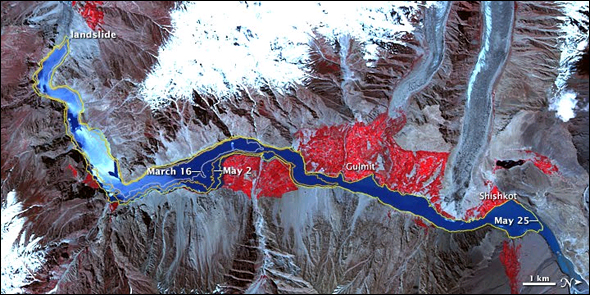
Last month’s glacial melt led to the evacuation of more than 12,000 people living downstream of the landslide-formed Attabad Lake in northern Pakistan, according to the Guardian. An additional 1300 people have already lost a total of 120 houses to flooding as the waters have risen.
Pakistani officials said the danger will be greatest when seasonal rains hit this month, according to the BBC. If the natural dam is breached, as many as 25,000 people in 36 villages could be displaced downstream.
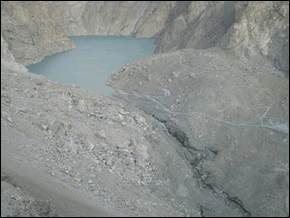
In January, rocks from a landslide formed a natural dam on the River Hunza to produce the 19-kilometer reservoir–a lake that is 100 meters deep and has been increasing at about one-half of a meter per day. Authorities fear that it is within meters of reaching its threshold. In an attempt to convert the impending tidal wave to a moderate-sized flood, the army has built a spillway for the overflow.
The floodwaters and landslide have also blocked the essential Karakoram highway, which links Pakistan with China, closing it indefinitely. Some goods have been loaded in boats and shipped across the lake to offset the nearly $US 60 million in trade that has been lost since January, according to the AFP.
According to the Associated Press of Pakistan, the lake levels are being monitored every minute, and “the situation is under control.”
“It is clear that the situation has developed considerably over the last few days,” David Petley, geography professor at Durham University, noted in his personal blog. “The flow along the spillway has increased greatly, and the lower part of the channel has widened and deepened. Flow appears to still be controlled by the large boulder in the middle of the channel, although the lowering of the channel downstream will be steadily undercutting this.”
Landslide dams are a recurrent hazard in the Himalaya mountains of southern and central Asia. Sharp hillsides, seasonally heavy precipitation, and high seismic potential contribute to the risk. The last natural dam seen in the Pakistani portion of the Himalayas was formed by a 2005 earthquake–it has still not broken or flooded over. A rock fall in northern India in 1993 completely stopped the flow of the Sutlej River, a main tributary of the Indus, for 30 minutes and partially submerged a dam upstream, halting hydropower electricity generation for months.
Sources: Associated Press of Pakistan, BBC, AFP and
Read Circle of Blue’s initial coverage of the January landslide in Pakistan, and for on-the-ground information, visit Durham University geography professor David Petley’s personal blog.
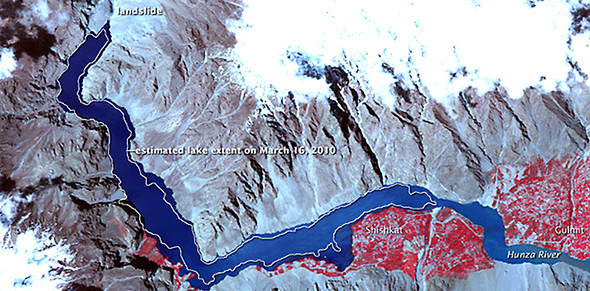

is a Traverse City-based assistant editor for Circle of Blue. She specializes in data visualization.
Interests: Latin America, Social Media, Science, Health, Indigenous Peoples

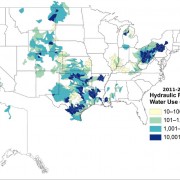






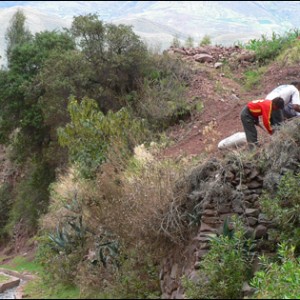
“Authorities fear that it is within meters of reaching its threshold.” – It’s already reached the threshold; water has been flowing over the spillway since May 29. The lake level is no longer rising.